If you’ve never spent time on a film set before, you might be surprised how much thought is put into the design of the lighting. Designers don’t just show up and flick a switch — it’s a complex planning process that directly affects the mood of the broadcast, film, or performance.
There are of course a million factors to consider when designing the lighting — from how the principal actors or presenters are illuminated and seen from multiple cameras, to creating an appealing backdrop that sets the tone of the shoot. And then there are musical cues and segment changes that require preprogrammed dynamic lighting. Just show up and flick the switch, indeed. To learn a little about what goes into lighting design we spoke with Mike Grabowski, a lighting designer in New York.
First, tell us a bit about your current work and how long you’ve been at it.
Hi! My name is Mike Grabowski and I work as a Senior Designer for The Lighting Design Group in NYC. I’ve been there for a little over eight years. I’ve been working in the live event and broadcast industry for about 15 years, though.
Primarily, I work as a broadcast lighting designer, though I have a background in lighting design for theatre, dance, and events.
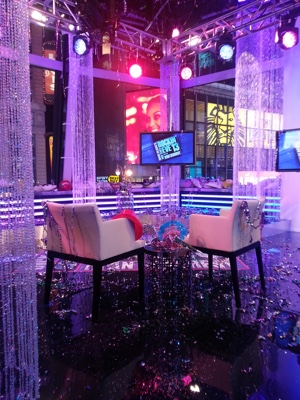
Since everyone asks, I design both the technical and artistic end of the lighting for a show — I decide, in collaboration with the rest of the team, what angle the light is coming from, at what intensity, and what colour. It involves multiple disciplines: drafting, renderings, sketches, and then implementation of the plot. It’s an interesting job. While other groups produce physical things — the walls of a set, for example — what I produce is much more ephemeral. It’s painting talent, sets, and the air itself with light. It’s pretty neat.
I primarily work in multi-camera studio and field productions, occasionally crossing over into scripted dramas.
Currently, in addition to pilots and one off specials, I’m working on MTV’s Girl Code Live, MTV2’s Uncommon Sense, just wrapped up season five of AMC’s Comic Book Men, and I’m getting ready for History’s Forged in Fire and ABC’s Dick Clark’s New Year’s Rockin’ Eve in Times Square. Plus, I’m writing this on the subway to St. Patrick’s Cathedral for the NYC Papal visit.
What drove you to choose your career path?
To be honest, I fell into it at an early age and was able to jump on the path very early on. Before working in broadcast (and lighting in general), I worked as a sideshow performer and magician in the Philly area, throughout high school and into college. I was fortunate to meet up with folks who worked in the theatre as well during this time, and I happened into working on electrics crews (who implement a lighting designer’s design). It fascinated me. Watching a set designer craft a world and a LD (lighting designer) breath life into the air, while the sound designer gave it a heartbeat — it was a wonderful world of building make-believe — and I was being paid to be a small part of it. I had to pursue it.
How did you go about getting your job?
Since I knew early on that I wanted to work in lighting, I strove to work as much as I could and train as well as I could. When I left college, I had a wonderful network of folks on whom I relied. This industry is primarily freelancers, so it was easy to jump out there and call myself an LD. It was much more difficult to actually DO it. I worked as an electrician, as a draftsman, as a programmer — any job I could, and experiencing and learning every role I could.
What kind of education and experience did you need?
One of the best decisions I made was going to SUNY Purchase’s Design Technology program. It is a program specifically geared towards “professional training” of the people who are serious about entering this industry. I learned from professors who were working on Broadway, in television, and in movies and was exposed to what a wide breadth a career in “lighting” could be.
After that, it became real world experience. I had to draft, work as an electrician, a little of everything. I stumbled into the television end of things because of drafting. While I loved theatre, the speed and immediacy of television was instantly appealing. If a show is live at 8pm on Tuesday, there is no slack, no pushing it back. You either make it, or potentially millions of people see your failure.
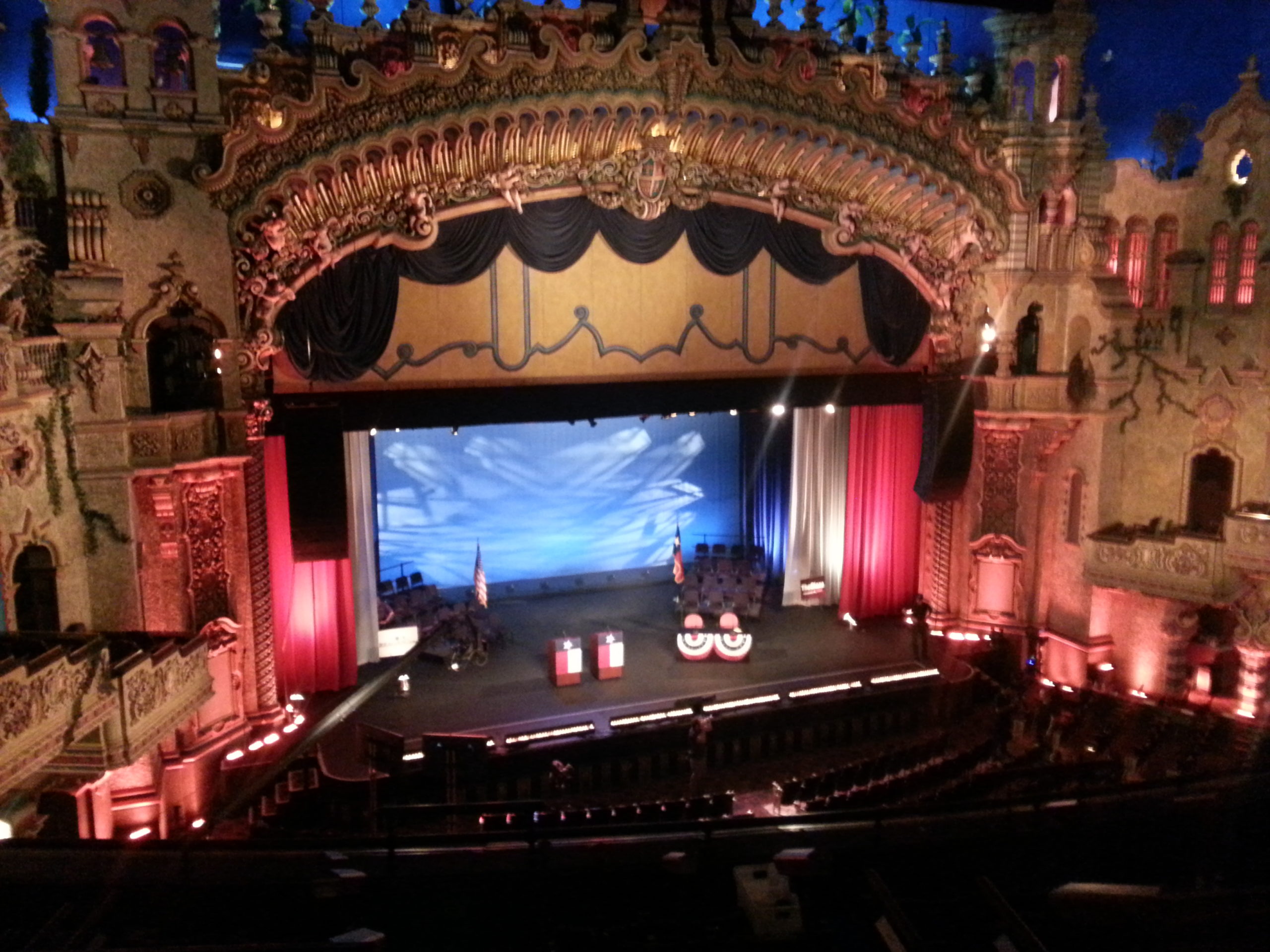
What kinds of things do you do beyond what most people see? What do you actually spend the majority of your time doing?
Working as a lighting designer (and, I suspect for other design professionals), is a bit odd. We are simultaneously the product as well as the salesman in many regards. When a client calls me, they are typically calling for my particular aesthetic, my collaborative style, and my input that I can bring to a production. Most of my time is pretty evenly split between preproduction (putting together equipment lists, assembling crews, putting together budgets, design meetings, drafting, meeting with the other designers and producers) and on-site work (getting to the location and having my crew implement all of the plans we meticulously laid out, and reacting to the unexpected, as well as any of the changes). I’ve very fortunate working with a firm, The Lighting Design Group, because we have an extensive support staff who support me with a lot of the technical aspects. It’s a benefit many freelancers and smaller firms don’t have and really lets me concentrate on a client’s needs.
Fundamentally, it’s a fluid job — the stunts and the creative for a show can change at the drop of a hat, so you need to be prepared to adapt at a moment’s notice… and realise that we are still live in five minutes.
What misconceptions do people often have about your job?
I think a lot of folks think I just “turn on” the lights, or that I “put up the lights” or just politely nod and smile because the were a “techie” in high school. All of those things are sort of right and give a bit of insight, but rarely a complete picture.
It’s a strange job that doesn’t have much of an analogue to a more “standard” (is there such a thing?) job. A typical process would be something along the lines of:
- Client reaches out about a project.
- Begin conceptualizing the design, research, meet other designers and director and producers on the project, etc. What colours, angles, textures does this show need?
- Production Meetings: regular meetings to discuss the ever evolving project, what our design intent and concepts are, as well as technical logistics.
- Create and submit budgets, while balancing both cost and implementation of the overall concept.
- Draft the light plot as well as all other relevant paperwork.
- Once budget and design concept are approved and in line, and paperwork is ready, we head to the studio or location.
- A team of electricians, lead by a gaffer, begin to hang the lights, getting them power and data.
- While this is happening I’m working to see if there are any changes, or I’m supervising the hang to make sure there are no changes to make on the fly.
- After the lights are hung, I work with my team to point each and every light, while working with my programmer to point any intelligent lights, or to program LED fixtures.
- We then cue the show, based on a rundown (an act by act breakdown of a show) or a script.
- Rehearsal! We edit, tweak, and change as needed to better fit what the producers and director are looking for, all while working with the video engineer.
- Shoot the show! All of it culminates now in the execution.
While that reads long, sometimes steps 7-12 are all jammed into one or two days, even with hundreds of lights. Heck, if it’s breaking news, this entire process is occasionally crammed into a week.
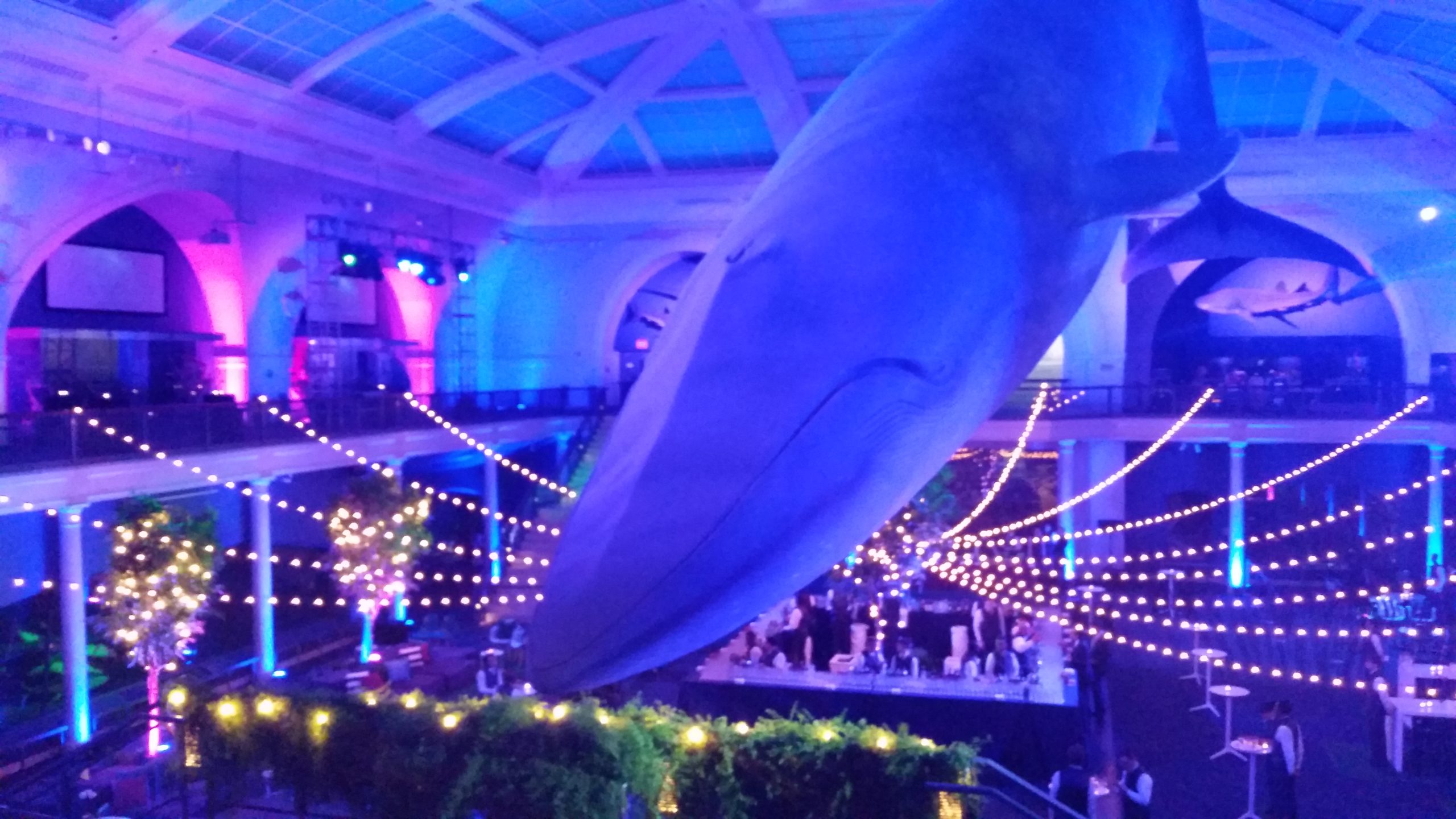
What are your average work hours?
Not really such a thing. Today I was on a job site at 8am. Tomorrow, 11am. Friday is 3am. Sunday I’m working, and in at 5pm… Monday I’m working on a live show that airs at 10:30pm, so we are in at 1:30pm. But I don’t need to head to a job site Wednesday or Thursday, so I’ll catch up on a few budgets and run errands. All that to say — there is no such thing as a typical schedule. Remember, each production is it’s own thing. So you need to be responsible for your schedule and your clients. They don’t care if you were working for someone else until 2am. If they hired you, they want you at 8am bright and on top of your game.
It’s rarely a consistent schedule, so it’s not like I can plan a transcendental meditation session followed by an all organic smoothie every Sunday morning. I need to be as flexible as my clients’ needs — -and that includes being ready to jump in should breaking news happen. An average week is about 50 hours, though that could be concentrated over three days.
What personal tips and shortcuts have made your job easier?
One of the most important things I’ve learned to make my job easier is knowing about cameras. Ultimately, if the show has an audience, we want them to have a good time, but realistically, the most important viewer for me is the camera — that is what is getting broadcast. The more familiar I am with the cameras — knowing their capabilities and their limitations — the more I can effectively communicate with the video operator (the person manipulating the iris, colour and all tweaks and profiles of the cameras, among a million other things). Knowing how to talk to them helps let both of us tease out the best possible look for a production.
On a broader level, integrating cloud based solutions in addition to VPN solutions have been a huge thing — being able to work remotely on files from my phone or iPad while on a location shoot in a field in New Jersey makes it so much easier to generate info for my team.
What do you do differently from your coworkers or peers in the same profession? What do they do instead?
I think a lot of us work very similarly — we all want to get the show up, running and as beautifully as we can. It’s hard to say how we differ — I’m rarely interacting with other lighting designers on a job site. If I’m there, the other designers are all on other job sites. We all bring different things to the table, though — some designers are amazing at the refined, portraiture lighting that you see on major network and cable newscasts. Others are a little more rock and roll and bring more colour and theatricality to the table. Because of my work history, I’m fortunate that I can bring both sides of that for my clients.
The other difference is personality and what each of us brings to a location. One thing that I emphasise is keeping things calm and helping to maintain a steadying hand. When everyone is scrambling around, I try to be the most over-prepared guy in the room, so if a curveball is thrown, there is no yelling and mayhem. Give me a minute, I’ll pull out Plan F and my team and I have you covered.
What’s the worst part of the job and how do you deal with it?
It’s a weird life and if you don’t go into it with your eyes open, it can be very tough. The inconsistent hours are the hardest. I’m lucky with having a very understanding wife who also works in the entertainment industry. It’s easy for that work/life balance to get out of whack. There are points where you could be working for 15-20 days in a row. I end up travelling for work a decent amount and if you can’t tolerate that, it can be tough. The biggest upside I’ve found to TV is that most of the people I’ve been fortunate enough to work with have realised that it is a job. We are going to make it as beautiful and as amazing and perfect as we can… within the allocated and budgeted time. Then let’s go home and enjoy our friends and family.
What’s the most enjoyable part of the job?
There is a lot to love. It’s a super small community of people, so it’s a family. Even on different coasts, countries, even if we don’t know each other, we know someone in common.
Being able to pull of a spectacle, in remarkable conditions and in a stunning time frame is always amazing.
Being able to go to places and see things — I’m writing this after having been to some of the highest corners of St. Patrick’s Cathedral in NYC as we relight it for the Papal visit.
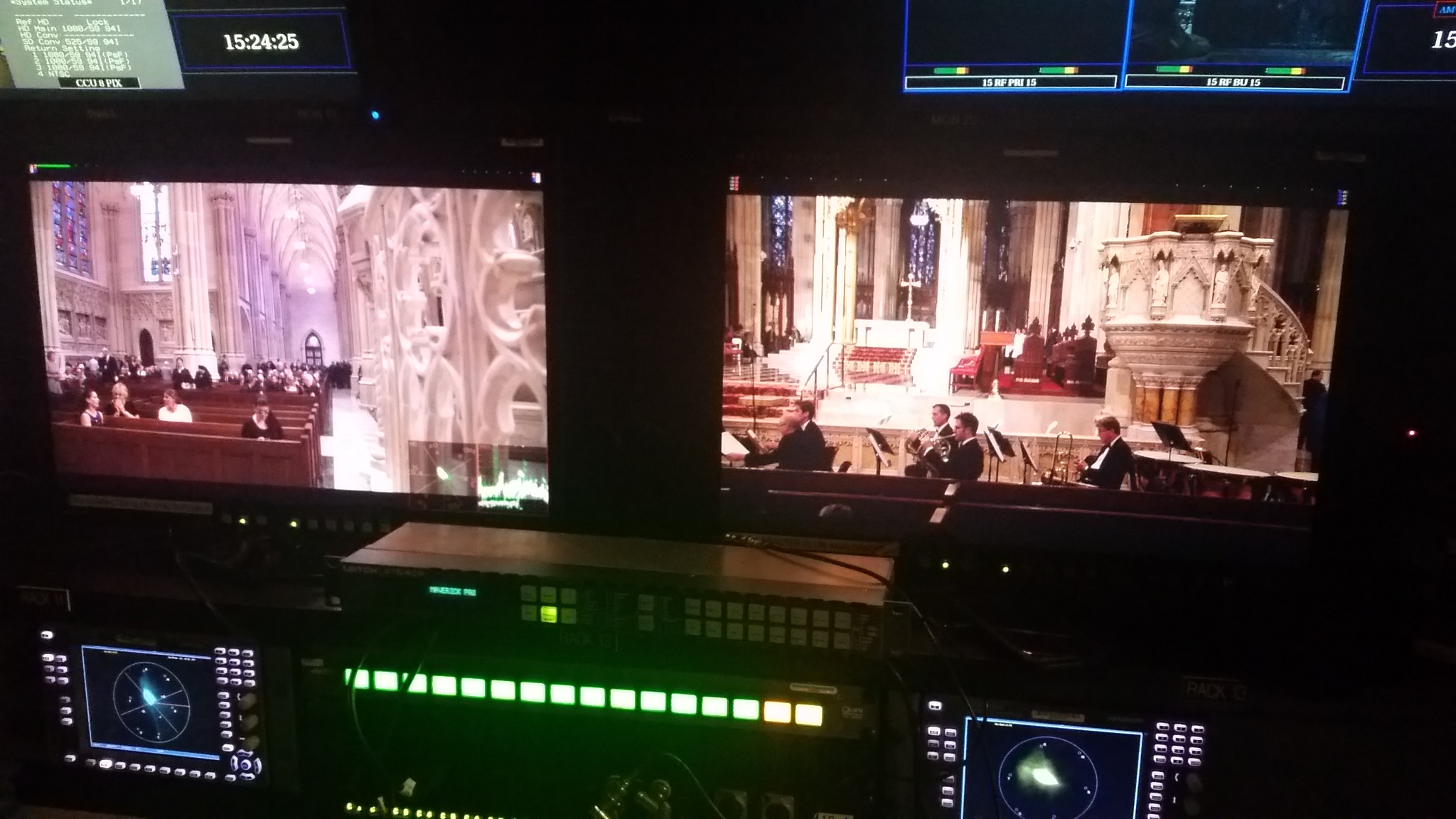
Most of all — and this is going to sound incredibly cheesy — when people get home after a long, tough day, I get to make them smile. To relax. The programming may be trite at times, but to be able to help people escape for a little is kind of amazing. Hearing doctors, nurses, soldiers — people who really have tough, important jobs — saying they enjoyed a show I did, or that they come home and relax by watching something I was on the team for, that’s pretty rad.
I always go back to a quote that was stitched up in the first tech booth I ever worked in, and I think it sums this up perfectly:
“In an era of breadlines, Depression, and wars, I tried to help people get away from all the misery; to turn their minds to something else. I wanted to make people happy, if only for an hour.” — Busby Berkeley
How do you “move up” in your field?
Moving up in my field is a strange question. It’s more about finding the jobs that bring you joy and that you are good at. Once you are established enough, you can get bigger and more high profile jobs as you prove yourself, if that’s defining how you “move up” — but your title isn’t going to change. The best route for folks starting in the industry is to expose themselves to any of the jobs they can. Be an assistant. Be a programmer. Be an electrician. Be a gaffer. The more you know the other positions, the more likely you are to find the role that suits you and your skill set. If you need “title promotions,” this may not be the role for you.
What do people under/over value about what you do?
The biggest undervaluing is when the assumption is made that I and the lighting team just “turn on the lights.” Rather, my team and I crafted the look with all departments. We lit the background a nice magenta so that it contrasts with the hosts skin tone but also matches the show logo — and so that they pop off the screen. We made sure their backlight was a little on the amber side to give extra tone and richness to the hair. Because we heard the talent was out working late on the story, we made sure we used soft, flattering light and kept the key lights height a little lower so that the bags under the eyes wouldn’t show. I would work with video to soften the look a tad and take out a little skin detail for an even more flattering look. Maybe we would bump the chroma a tad to make everything much more rich and full. The director, producer, production designer and I would work in concert to make sure their background and shot was as interesting and flattering as possible. I would chat with makeup and hair to make sure we were on the same page, so that makeup gave talent the right glow without looking like they were sweating. Far more than just “turning on the lights.”
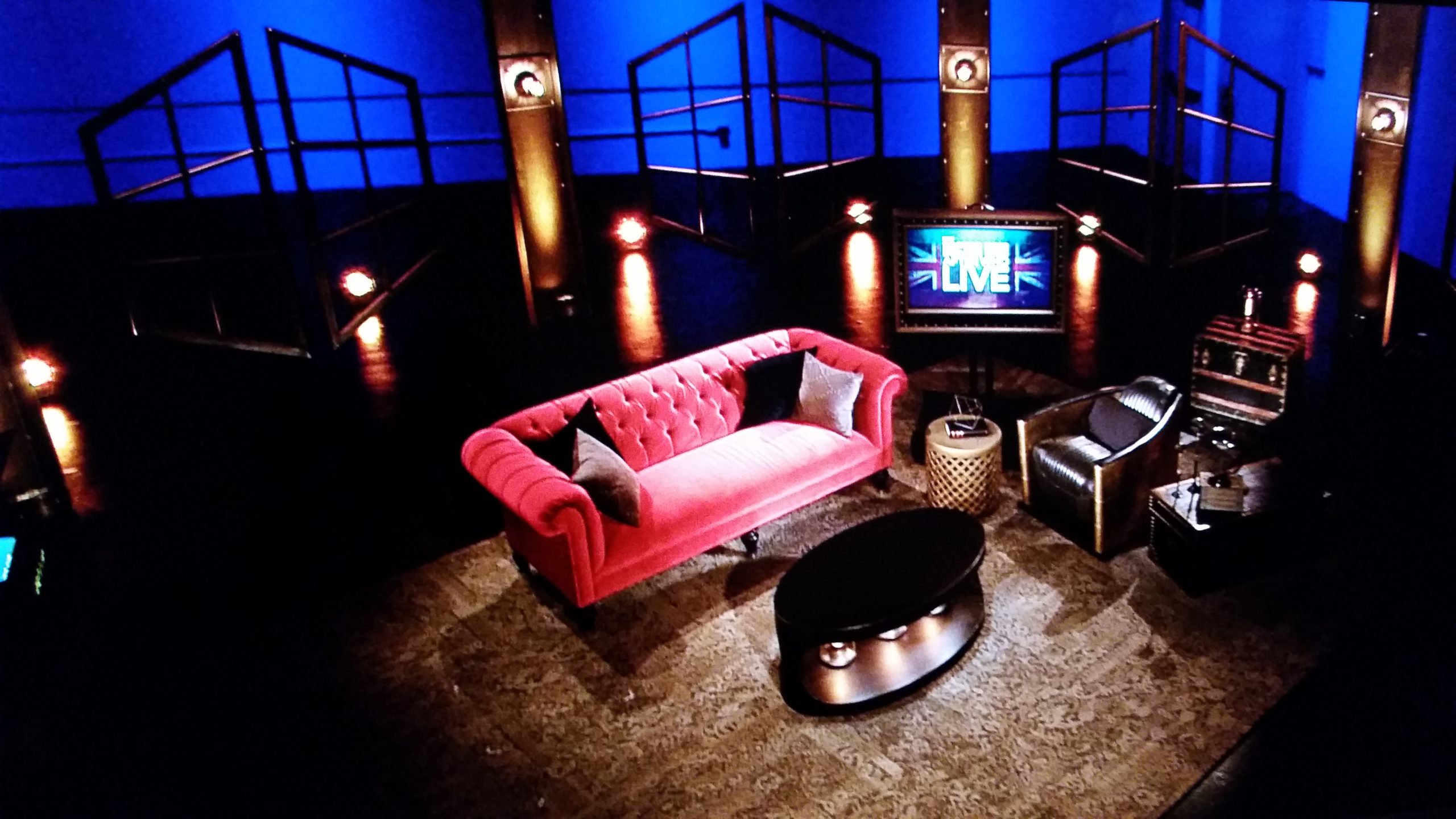
What advice would you give to those aspiring to join your profession?
It’s a tough industry where you can’t sit around and wait. You can’t wait out there and say you just haven’t been given a chance to shine. [It requires] hard work. Dedication. Grind.
This is a business made on reputation and personalities. Don’t be a jerk. If you’re doing the hiring, pay people on time. Respect other people’s time and efforts as much as you want yours respected.
Don’t ever look down on another job or another position on a show staff. Learn what their job is. Help them out. Maybe that’s the exact job that is right for you, but you just don’t know it.
Have fun with it, and realise if you are fortunate enough to stumble into a job in this field or related — it is a goofy, wonderful, eccentric, and batty world, filled with great people, awful people, amazing stories and experiences, trying and exhausting times — realise that we are all ridiculously fortunate to make a living doing it. At the same time, it is just a job; don’t let it become all-consuming. Remember to see friends, explore new places… wander. Maintain that balance and help recharge the creativity.
This interview has been lightly edited for clarity.
Career Spotlight is an interview series on Lifehacker that focuses on regular people and the jobs you might not hear much about — from doctors to plumbers to aerospace engineers and everything in between.
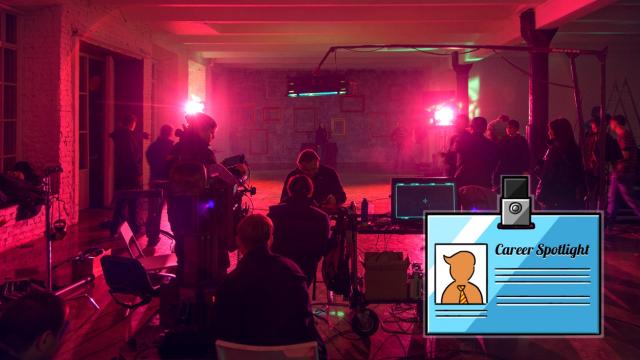
Comments